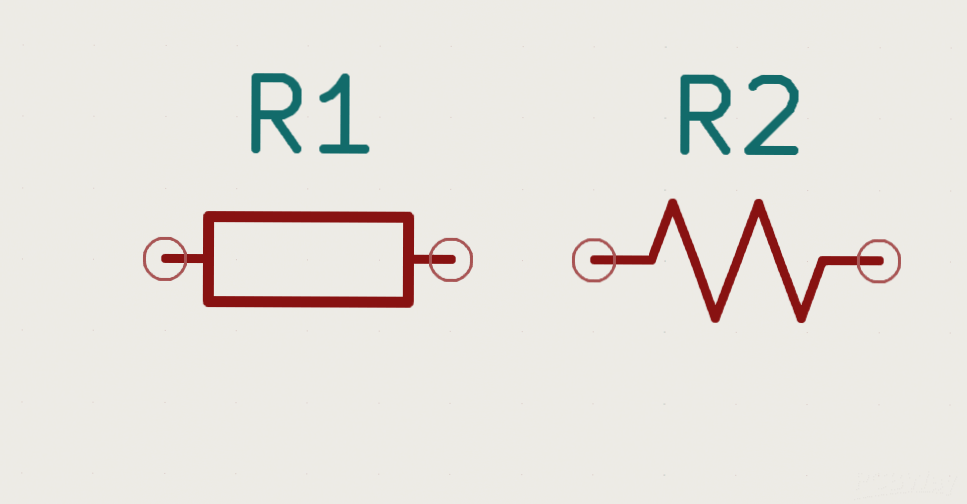With the rapid development of printed circuit board manufacturing technology, users now not only have higher and higher requirements for the internal quality of printed boards (internal quality refers to hole resistance, copper foil thickness, continuity test, solderability, etc.), but also the appearance of the printed board puts forward higher requirements, such as: the ink color should be uniform and free of impurities, and the surface of the copper layer should be free of foreign matter and oxidation points. The following discusses the influence of silk screen pretreatment on appearance quality.
The main influences of the pretreatment of silkscreen on the appearance of the printed board are the oxidation of copper under the ink and the presence of hard damage (obvious scratches on the copper layer or substrate) after the pretreatment. The ink color on the copper foil is uneven in some areas. The quality of the pre-treatment directly affects the appearance quality of the printed board, causing rework, affecting the production schedule, delaying the delivery date, and reducing the company’s credibility. Severe cases may even lead to the boards being scrapped, resulting in reduced orders and impacting the company’s economic benefits.
In order to minimize the losses caused by the pre-processing and enhance the company’s competitiveness, it is essential to strictly control the pre-treatment process.
Purpose and method of silk screen pretreatment:
The ultimate goal of the pretreatment is to ensure the copper surface is free of oxides, grease, and impurities, while also possessing a certain degree of roughness. The cleanliness of the pre-treated board is evaluated using the Zero-Ion 100A ion concentration tester to measure the concentration of impurity particles on the board after treatment. The ion concentration should be lower than 1.5μg/cm2 and the copper layer surface should have a relatively uniform concave-convex structure with no oxidation points. This promotes a strong mechanical bond with the ink, preventing blistering and large-scale shedding that could affect the electrical conductivity of the printed circuit board.
There are several pre-treatment methods commonly used in the industry, including nylon brush scrubbing, chemical cleaning treatment, alumina/pumice powder injection, alumina/pumice powder combined with nylon brush, and chemical cleaning with nylon brush.
The main influences of the pretreatment of silkscreen on the appearance of the printed board are the oxidation of copper under the ink and the presence of hard damage (obvious scratches on the copper layer or substrate) after the pretreatment. The ink color on the copper foil is uneven in some areas. The quality of the pre-treatment directly affects the appearance quality of the printed board, causing rework, affecting the production schedule, delaying the delivery date, and reducing the company’s credibility. Severe cases may even lead to the boards being scrapped, resulting in reduced orders and impacting the company’s economic benefits.
In order to minimize the losses caused by the pre-processing and enhance the company’s competitiveness, it is essential to strictly control the pre-treatment process.
Purpose and method of silk screen pretreatment:
The ultimate goal of the pretreatment is to ensure the copper surface is free of oxides, grease, and impurities, while also possessing a certain degree of roughness. The cleanliness of the pre-treated board is evaluated using the Zero-Ion 100A ion concentration tester to measure the concentration of impurity particles on the board after treatment. The ion concentration should be lower than 1.5μg/cm2 and the copper layer surface should have a relatively uniform concave-convex structure with no oxidation points. This promotes a strong mechanical bond with the ink, preventing blistering and large-scale shedding that could affect the electrical conductivity of the printed circuit board.
There are several pre-treatment methods commonly used in the industry, including nylon brush scrubbing, chemical cleaning treatment, alumina/pumice powder injection, alumina/pumice powder combined with nylon brush, and chemical cleaning with nylon brush.


